Text and Photos by Henrylito D. Tacio
When I attended the 4th World Conference of Science Journalists in Montreal, Canada – thanks to the International Development Research Center, which sponsored the trip – one of the most awaited events was the day tour in Quebec City.
“The juxtaposition of French, English, North-American, modern and secular constructions in the same urban scenery, gives the city a very interesting anachronic character, and is at the very least unexpected – you either like it or don’t like, but you can’t remain indifferent,” says a Canadian journalist I have interviewed before coming to the historic city.
Québec City is located 250 kilometers east of Montréal and about 850 kilometers north of New York City. It is almost entirely French in feeling, in spirit, and in language; 95 percent of the population is French. But many of its 648,000 citizens speak some English, especially those who work in hotels, restaurants, and shops where they deal with tourists every day.
“Three centuries of colonial conquests, a French, English and finally Quebec regime, are at the origins of the unusual architectural aspect of Quebec City,” explains our tour guide, who didn’t stop talking even if all of us were already taking pictures here and there.
The capital of New France under the French Regime (1608-1759), then the so-called “fortress city” of the English colony and capital of lower Canada under the English Regime (1763-1867), Quebec became the provincial capital at the time of the Canadian Confederation in 1867.
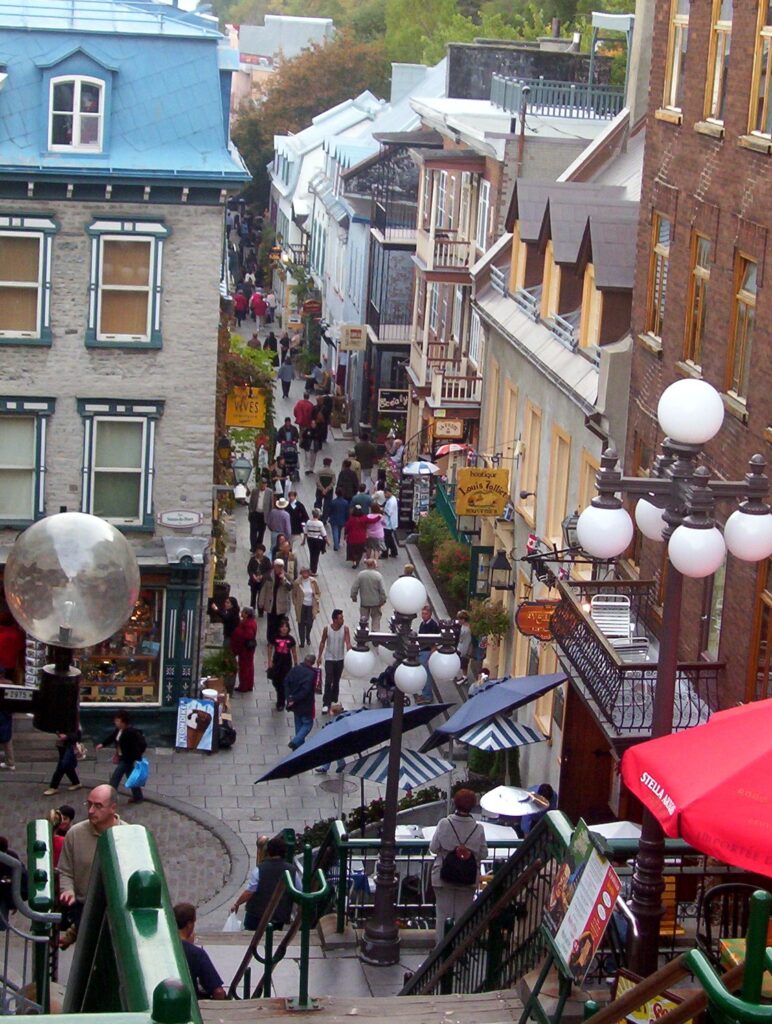
Just like Paris 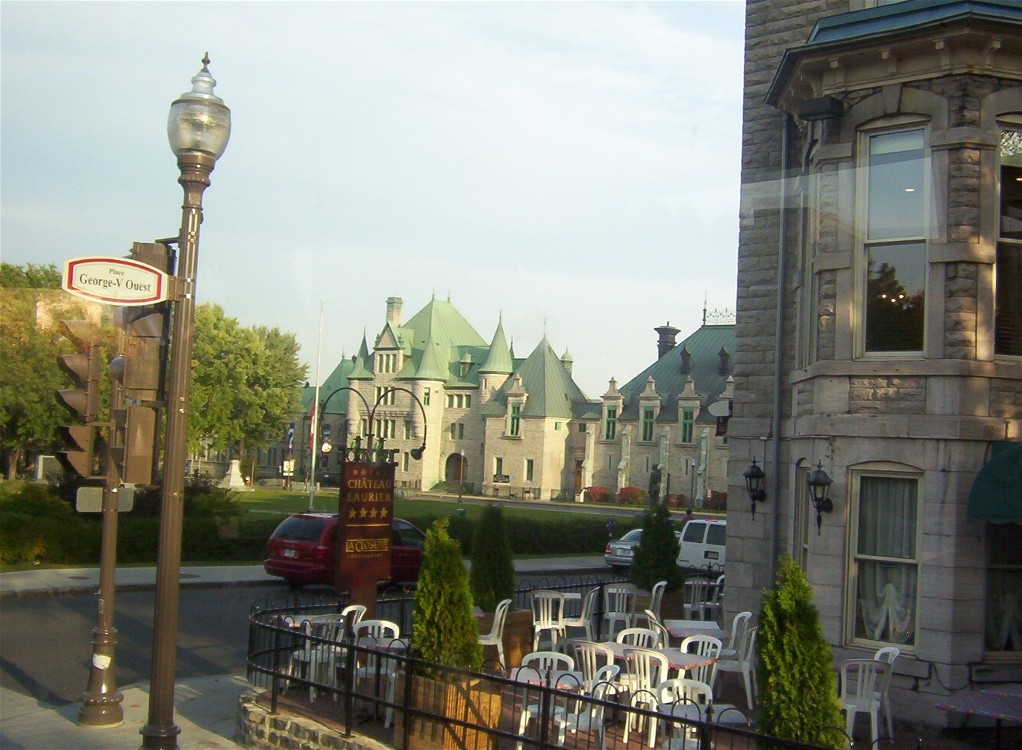
Today, Quebec is the only fortified city in North America. Perched atop Cap Diamant (Cape Diamond), surveying the St. Lawrence River, Québec City is one of the landmarks of North American history. No wonder it has been included in the United Nations Educational Scientific and Cultural Organization’s prestigious World Heritage List in 1985, the only North American city so honored. The city’s name is from an Algonquian word, which means “where the river narrows.”
For first-time visitors like me, you can say the city has retained its European atmosphere completely. The winding cobbled streets are flanked by 17th and 18th century stone houses and churches, graceful parks and squares, and countless monuments.
One you should not miss visiting is the city’s Parliament Hill, Dominated by a majestic outline of the parliament building whose architecture is particularly stunning when lit up at night. Not far from there is the Observatoire de la Capitale, which offers breathtaking panoramic views of the area, notably of the Battlefields Park (better known as the Plains of Abraham). The site of many clashes between the French and British empires in their struggle for domination.
Bohemian, colorful, and welcoming Saint-Jean-Baptiste district is one of the city’s most charming neighborhoods, according to our tour guide. Wander along Rue Saint-Jean and discover some of its delightful surprises, including the oldest grocery in North America (1871). Other worthwhile stop-offs are the historic Second Empire style Saint-Jean-Baptiste Church, St. Matthew’s Church, and the cemetery of the same name.
Bursting with boutiques, restaurants, cafes, and food shops, the Saint-Jean-Baptiste district is a lively and wonderful place to hang out. From there, make your way to the Faubourg Elevator, which will take you down into the heart of the Saint-Roch district, another picturesque part of the city.
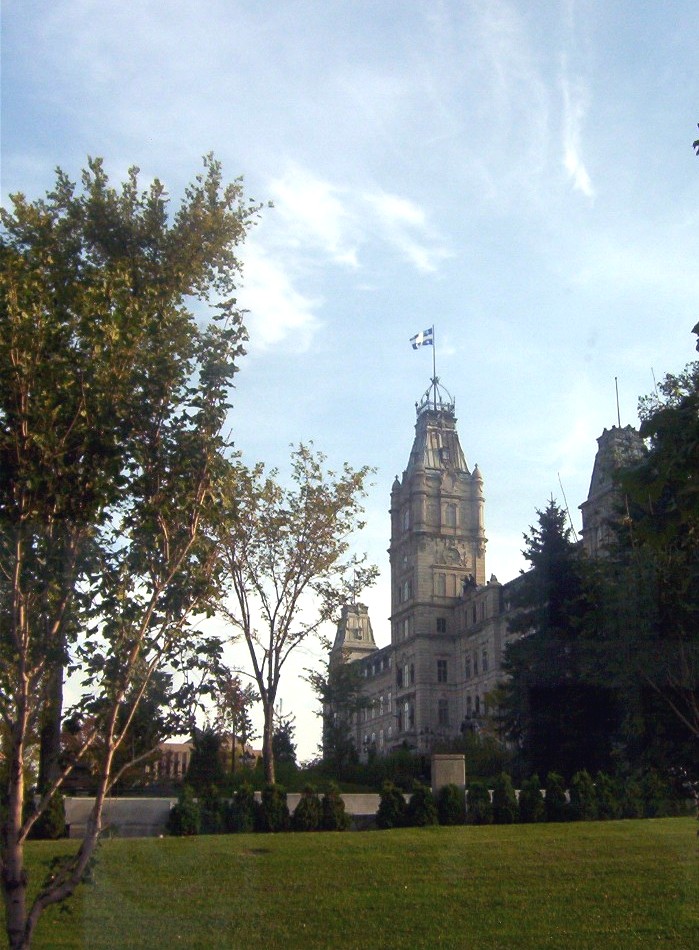
Quebec City Hall 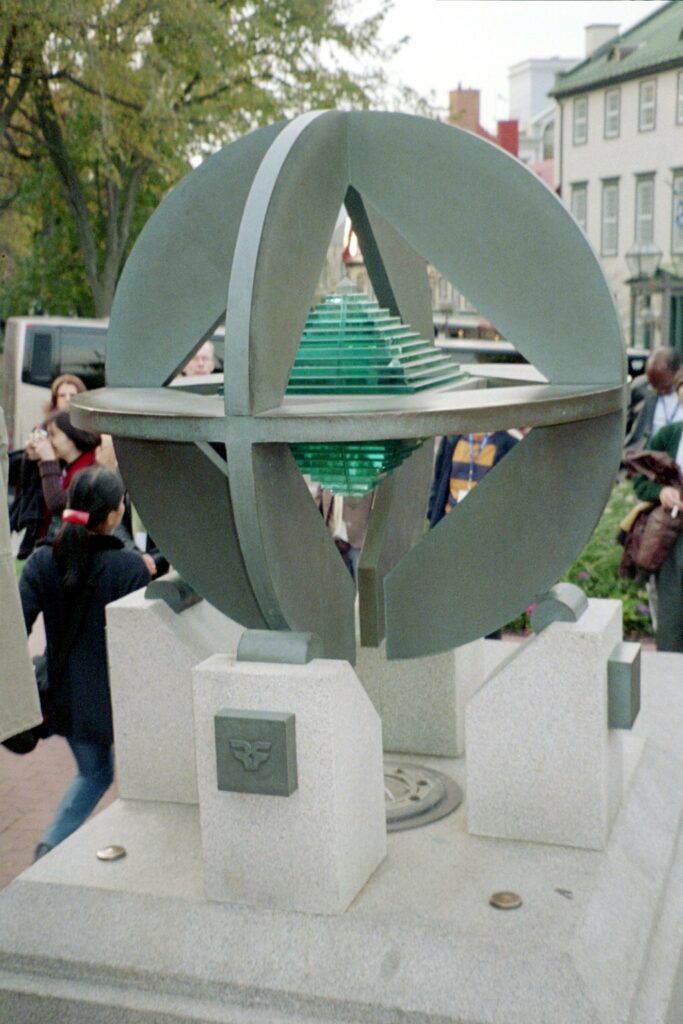
UNESCO World Heritage symbol 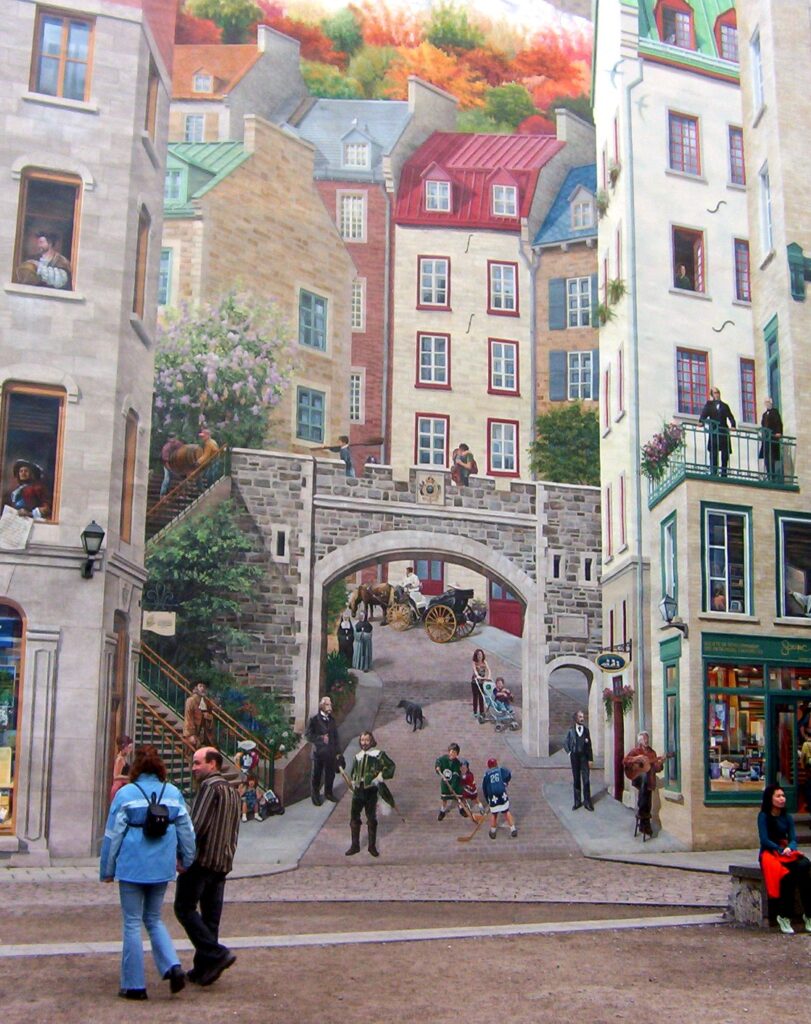
Wall painting
Perhaps the most appealing among them all is the Place-Royale, a step back in time to the early days of New France. It was here that Samuel de Champlain founded his “abitation” in 1608. Learn all about this cradle of French civilization in North America at the Place-Royale Interpretation Center. Then admire the historic Notre-Dame-des-Victoires Church, the oldest stone church in North America (1688). Don’t miss the immense Fresque des Quebecois fresco, which traces 400 years of history.
The Citadel, Quebec’s most famous landmark, overlooks the city from a height of 347 feet. It was designed according to a defense system developed by a French military engineer named Vauban and built under the supervision of Lieutenant colonel Elias Walker Durnford. History records showed the construction of the outer walls began in 1820, and it took 30 years to finish its construction.
Below the Place-Royale is the Petit-Champlain district, reminiscent of a French village of yesteryear. It’s not surprising that this is where you’ll find the Louis-Jolliet House (1683), former residence of the man who discovered the Mississippi, and the Chevalier House with its typically 18th and 19th-century décor. Don’t miss the mural La fresque du Petit-Champlain, which illustrates the early-day Cap-Blanc quarter. The Petit-Champlain district is also home to many boutiques displaying exclusive wares. At nearby Place de Paris, art and history come together with the Batterie Royale (1691) and Jean-Pierre Raynaud’s sculpture entitled ‘Dialogue avec l’histoire.’
Quebec City’s Old Port has also become a favorite spot for strollers and cruise ship passengers to wander around or to just to relax. At the Naval Museum of Quebec and the Old Port of Quebec Interpretation Center, you’ll learn that the site was once of great strategic importance. Did you know, for instance, that in the 19th century, Quebec City was one of the world’s five biggest ports?
You’ll love the charm of rue Saint-Paul, where antique shops and sidewalk cafes are an invitation to linger. When you’re ready to move on, drop by the Ilot des Palais for initiation into the archeological mysteries of the area. A stone’s throw away is the Musee de la civilization, where ten fascinating exhibits and interactive workshops await you.
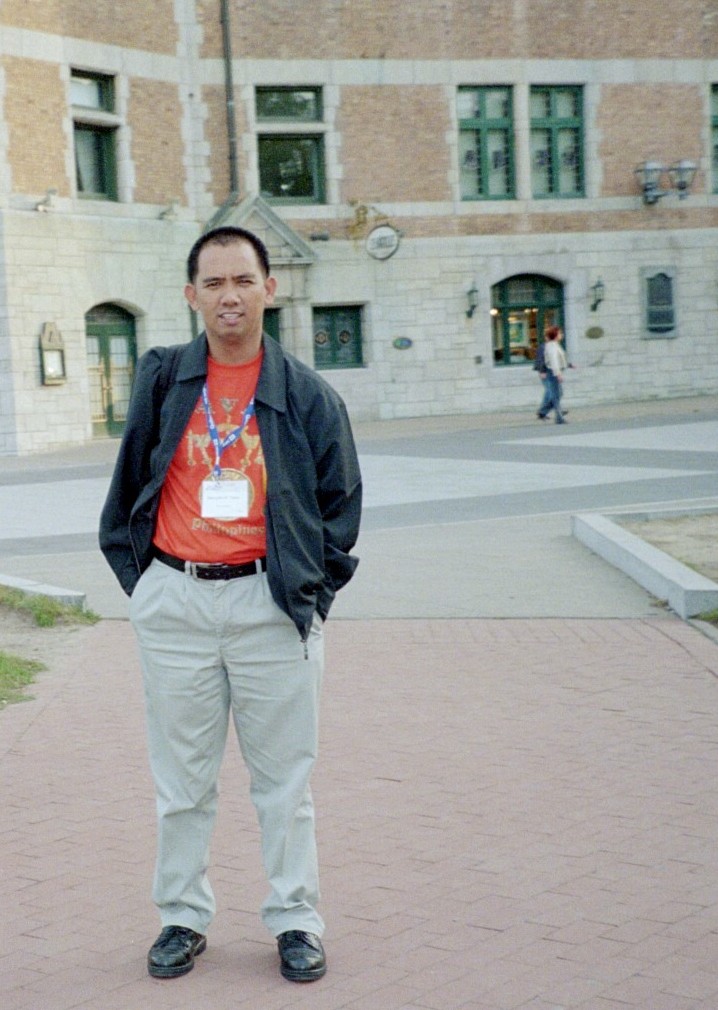
One destination I failed to see was the Montmorency Falls. The falls are 272 feet high, 98 feet higher than Niagara Falls in Toronto. According to Canadians I talked with, visitors can view the waterfall from all sides thanks to a pathway surrounding it. You can climb a long stairway to the top of the falls, or you can take an aerial cable car.
Bonjour!

